
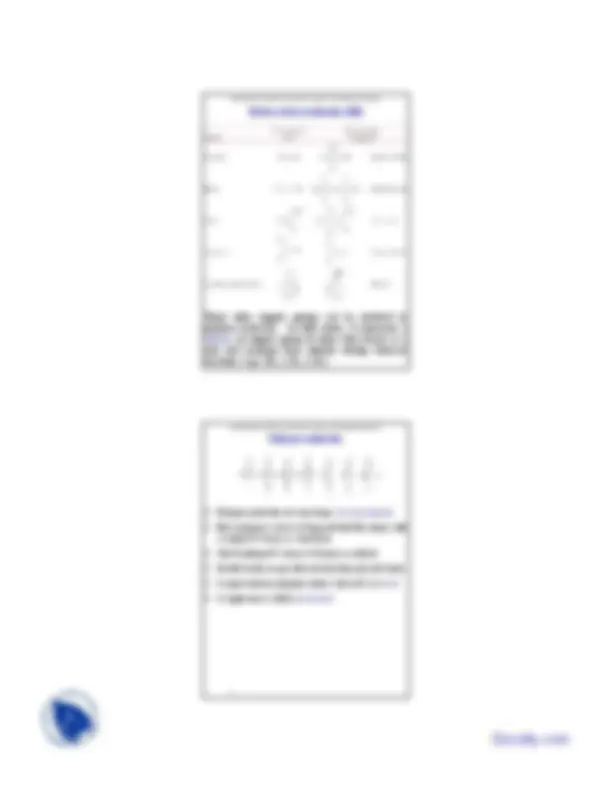
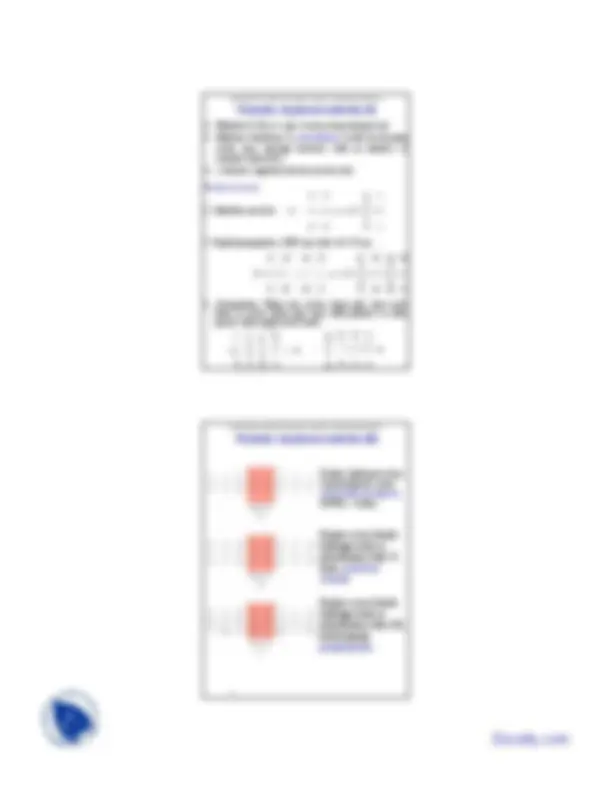
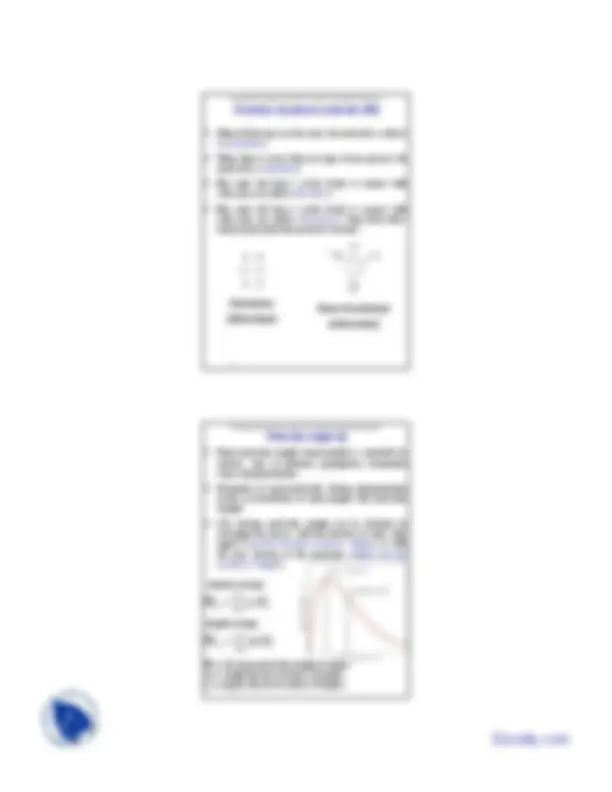
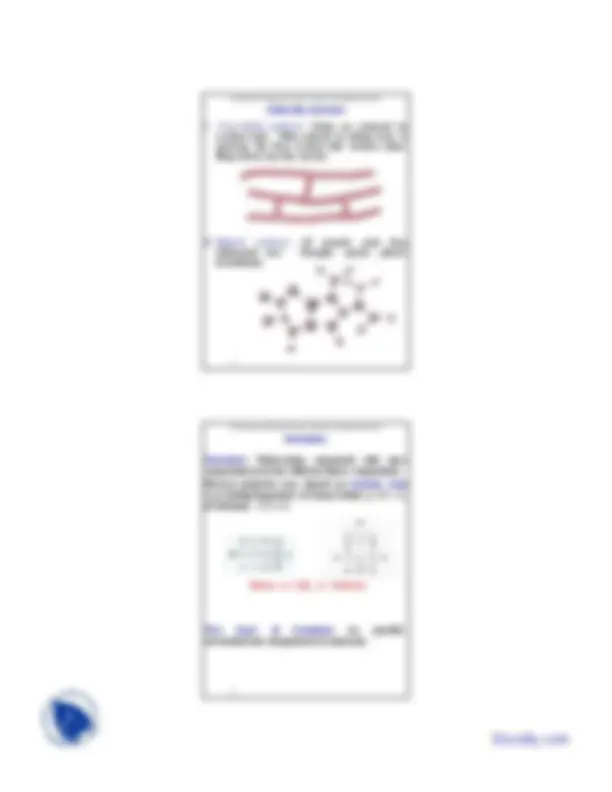


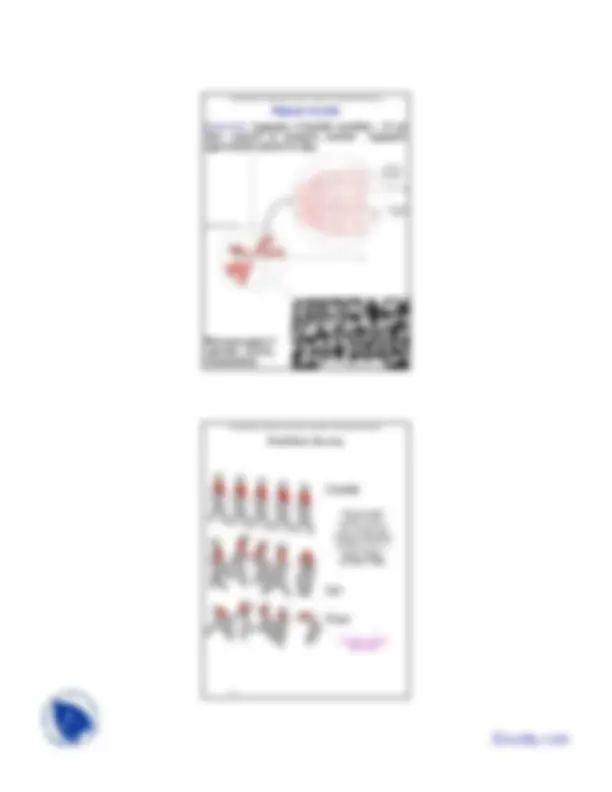




Study with the several resources on Docsity

Earn points by helping other students or get them with a premium plan


Prepare for your exams
Study with the several resources on Docsity

Earn points to download
Earn points by helping other students or get them with a premium plan
Community
Ask the community for help and clear up your study doubts
Discover the best universities in your country according to Docsity users
Free resources
Download our free guides on studying techniques, anxiety management strategies, and thesis advice from Docsity tutors
These are the Lecture Slides of Material Science for Engineers which includes Structure of Wood, Moisture Content, Density of Wood, Mechanical Properties of Wood, Expansion and Contraction of Wood, Concrete Materials, Properties of Concrete etc. Key important points are: Polymer Structures, Chemistry of Polymer Molecules, Molecular Weight and Shape, Molecular Structure and Configurations, Copolymers, Polymer Crystals, Hydrocarbon Molecules, Unsaturated Bonds
Typology: Slides
1 / 15

This page cannot be seen from the preview
Don't miss anything!










1
Chapter Outline: Polymer Structures
¾ Hydrocarbon and Polymer Molecules
¾ Chemistry of Polymer Molecules
¾ Molecular Weight and Shape
¾ Molecular Structure and Configurations
¾ Copolymers
¾ Polymer Crystals
Optional reading: none
Introduction to Materials Science, Chapter 15, Polymer Structures
University Tennessee, Dept. of Materials Science and Engineering (^) 2
¾ Polymer - a large molecule consisting of (at least five) repeated chemical units (`mers') joined together, like beads on a string. Polymers usually contain many more than five monomers, and some may contain hundreds or thousands of monomers in each chain.
¾ Polymers may be natural , such as cellulose or DNA, or synthetic , such as nylon or polyethylene.
Many of the most important current research problems involve polymers. Living organisms are mainly composed of polymerized amino acids (proteins) nucleic acids (RNA and DNA), and other biopolymers. The most powerful computers - our brains - are mostly just a complex polymer material soaking in salty water! We are just making first small steps towards understanding of biological systems.
Silk fiber is produced by silk worms in a cocoon, to protect the silkworm while it metamorphoses in a moth.
3
¾ Most polymers are organic, and formed from hydrocarbon molecules
Methane, CH 4 Ethane, C 2 H 6 Propane, C 3 H 8
Examples of saturated (all bonds are single ones) hydrocarbon molecules:
Introduction to Materials Science, Chapter 15, Polymer Structures
4
Ethylene, C 2 H 4 Acetylene, C 2 H 2
H-C≡H-C
Isomers are molecules that contain the same atoms but in a different arrangement. An example is butane and isobutane:
Butane → C 4 H 10 ← Isobutane
University Tennessee, Dept. of Materials Science and Engineering (^) 7
¾ Ethylene (C 2 H 4 ) is a gas at room temp and pressure
¾ Ethylene transforms to polyethylene (solid) by forming active mers through reactions with an initiator or catalytic radical (R. )
¾ (. ) denotes unpaired electron (active site)
Polymerization:
Introduction to Materials Science, Chapter 15, Polymer Structures
8
Replace hydrogen atoms in polyethylene: make polytetraflouroethylene (PTFE) – Teflon
9
¾ When all the mers are the same, the molecule is called a homopolymer ¾ When there is more than one type of mer present, the molecule is a copolymer ¾ Mer units that have 2 active bonds to connect with other mers are called bifunctional
¾ Mer units that have 3 active bonds to connect with other mers are called trifunctional. They form three- dimensional molecular network structures.
Phenol-formaldehyde
Polyethylene
Introduction to Materials Science, Chapter 15, Polymer Structures
10
¾ Final molecular weight (chain length) is controlled by relative rates of initiation, propagation, termination steps of polymerization ¾ Formation of macromolecules during polymerization results in distribution of chain lengths and molecular weights ¾ The average molecular weight can be obtained by averaging the masses with the fraction of times they appear ( number-average molecular weight ) or with the mass fraction of the molecules ( weight-average molecular weight ).
number-average:
weight-average:
Mi is the mean molecular weight of range i w (^) i is weight fraction of chains of length i x (^) i is number fraction of chains of length i
13
Introduction to Materials Science, Chapter 15, Polymer Structures
14
The physical characteristics of polymer material depend not only on molecular weight and shape, but also on molecular structure:
1 Linear polymers : Van der Waals bonding between chains. Examples: polyethylene, nylon.
2 Branched polymers : Chain packing efficiency is reduced compared to linear polymers - lower density
15
3 Cross-linked polymers : Chains are connected by covalent bonds. Often achieved by adding atoms or molecules that form covalent links between chains. Many rubbers have this structure.
trifunctional mers. Examples: epoxies, phenol- formaldehyde
Introduction to Materials Science, Chapter 15, Polymer Structures
16
Butane → C 4 H 10 ← Isobutane
19
Introduction to Materials Science, Chapter 15, Polymer Structures
20
Copolymers, polymers with at least two different types of mers, can differ in the way the mers are arranged:
Random copolymer
Alternating copolymer
Block copolymer
Graft copolymer
Synthetic rubbers are copolymers
21
Atomic arrangement in polymer crystals is more complex than in metals or ceramics (unit cells are typically large and complex).
Polymer molecules are often partially crystalline (semi- crystalline), with crystalline regions dispersed within amorphous material.
Polyethylene
Introduction to Materials Science, Chapter 15, Polymer Structures
22
Degree of crystallinity is determined by:
¾ Rate of cooling during solidification : time is necessary for chains to move and align into a crystal structure
¾ Mer complexity : crystallization less likely in complex structures, simple polymers, such as polyethylene, crystallize relatively easily
¾ Chain configuration : linear polymers crystallize relatively easily, branches inhibit crystallization, network polymers almost completely amorphous, cross- linked polymers can be both crystalline and amorphous
¾ Isomerism : isotactic, syndiotactic polymers crystallize relatively easily - geometrical regularity allows chains to fit together, atactic difficult to crystallize
¾ Copolymerism : easier to crystallize if mer arrangements are more regular - alternating, block can crystallize more easily as compared to random and graft
More crystallinity: higher density, more strength, higher resistance to dissolution and softening by heating
University Ten
Spherulites: Aggregates of lamellar crystallites ~ 10 nm thick, separated by amorphous material. Aggregates approximately spherical in shape.
Photomicrograph of spherulite structure of polyethylene
Introduction to Materials Science, Chapter 15, Polymer Structures
26
Five Bakers Dancing
27
Biopolymers can be complex… and nice
Introduction to Materials Science, Chapter 15, Polymer Structures
28